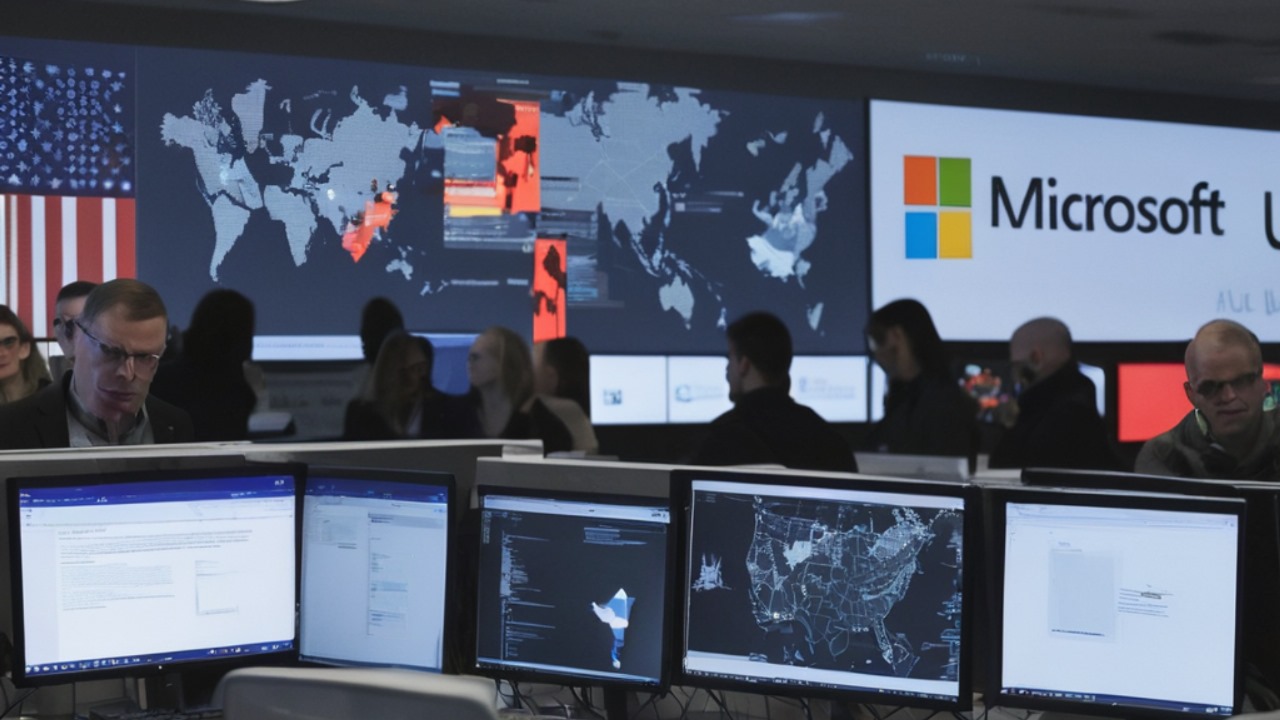Not too long ago the US Cybersecurity and Infrastructure Security Agency (CISA) sent out a strong alert to Microsoft users in the US about possible Russian cyberthreats. This warning highlights the rising alarm over malicious activity and cyber espionage aimed at sensitive data and vital infrastructure. Because Microsoft products are essential to the operations of many businesses and organizations it is critical to comprehend the implications of this warning in order to protect digital assets and reduce cyber risks.
The CISA warning coincides with growing cyberspace tensions between the US and Russia as increased cyber activity is being attributed to state-sponsored threat actors in Russia. The warning claims that Russian cybercriminals have been focusing on holes in Microsoft products such as the Windows operating systems Exchange Server and cloud services like Azure.
Organizations could be exposed to malicious activities system compromise and data breaches as a result of these vulnerabilities. The exploitation of known vulnerabilities in Microsoft products by Russian threat actors is one of the primary concerns outlined in the CISA advisory. If these vulnerabilities remain unpatched they may provide a means for cybercriminals to breach networks pilfer confidential data and interfere with vital services. In order to reduce the risk of exploitation enterprises are advised to give priority to cybersecurity hygiene which includes patch management and routine software updates.

Furthermore, the CISA alert emphasizes how dynamic cyberthreats are and how vigilant one must always be against highly skilled adversaries. Expert tactics techniques and procedures (TTPs) used by Russian cyber operatives include spear phishing social engineering and zero-day exploits. Threat actors can overcome conventional security measures and obtain unauthorized access to networks by utilizing these techniques which presents a severe problem for defenders. Microsoft has reaffirmed its commitment to fixing security flaws in its products and giving users prompt updates and patches in response to the CISA warning. To improve their resistance to cyberattacks the company advises enterprises to put strong cybersecurity measures in place such as multi-factor authentication network segmentation and threat detection tools.
Furthermore, Microsoft provides tools and assistance to clients in evaluating their security posture and successfully reducing risks. The CISA alert raises more serious questions about the state of cybersecurity in the digital era than just the direct effects on Microsoft customers. Organizations of all sizes and sectors need to prioritize cybersecurity as a strategic imperative as cyber threats become more sophisticated and widespread. In order to effectively handle new threats this entails making investments in cybersecurity technologies cultivating a security-aware culture and working with government and business groups.
The CISA warning also serves as a reminder of how nation-states use cyber operations to further their strategic objectives and how geopolitical dynamics shape the cyber landscape. Governments everywhere are struggling to safeguard vital infrastructure fend off cyberattacks and enforce international agreements and norms in cyberspace as cyberwarfare grows more common. Organizations now need to tackle cybersecurity head-on strengthening their defenses against cyberattacks and reducing the likely consequences of security events.
This includes investing in employee cybersecurity awareness training creating incident response plans and carrying out routine risk assessments. Organizations can better secure their digital assets and uphold the confidence of their stakeholders by implementing a thorough cybersecurity strategy.
In Conclusion:
Finally, the CISA alert highlighting possible Russian cyberattacks against American Microsoft users highlights how cyberwarfare is constantly changing and how important it is to have strong cybersecurity defences. Acquiring knowledge of and taking action against security flaws is essential for protecting digital assets and reducing cyber risks especially since businesses still depend on Microsoft products for their operations. Organizations can enhance their cybersecurity posture and successfully fend off new threats in the digital era by being watchful implementing best practices and working with government agencies and business partners.



